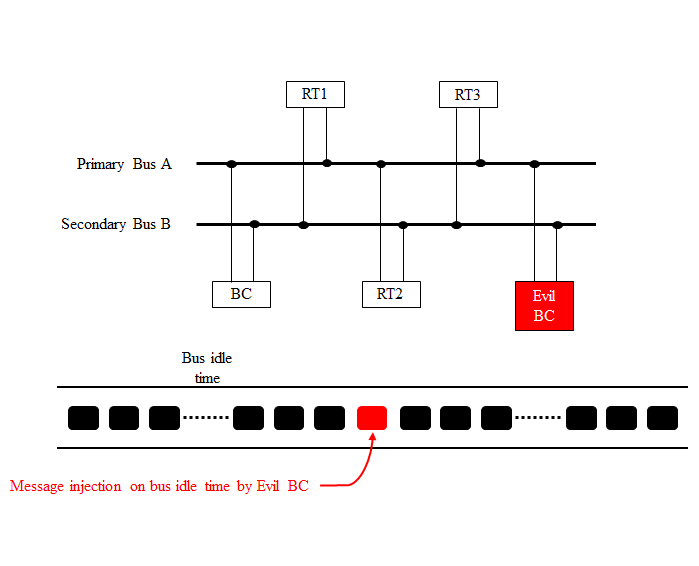M.S. Candidate: İsa Can Babir
Program: Cybersecurity
Date: 02.06.2025 / 11:00
Place: A-212
Abstract: With the emergence of next-generation avionic platforms, systems that were previously isolated from the outside world are now exposed to attacks, increasing their vulnerability surfaces. Traditional aviation communication buses and avionics systems have been developed by not taking security requirements into account, as the idea of an outside attack on them was thought to be improbable and disregarded due their closed network architecture. MIL-STD-1553 standard that has been widely implemented in commercial, military and aerospace avionic platforms is an example to such communication buses where security issues were paid less attention to. However, this idea of an invulnerability has lost its validity. As the aircrafts are becoming increasingly connected to outside systems or networks, they become vulnerable to attack vectors which pose a threat to their operational effectiveness. Adding security measures to these platforms, which require hardware and software changes, leads to certification issues that are costly and challenging, especially since many platforms need to be updated. Intrusion detection systems (IDS) have become a popular solution to this problem, as they do not require changes to the hardware or software. This study aims to enhance the security of MIL-STD-1553 communication buses by integrating a Hardware Fingerprinting-Based IDS. The research evaluates the effectiveness of machine and deep learning techniques on detecting unauthorized devices on bus. Supervised learning methods achieved perfect classification accuracy across all devices and demonstrated high performance in metrics such as precision, recall, and F1-score. Unsupervised methods, on the other hand, showed limited success in detecting anomalies. Additionally, a feature reduction process is applied to improve the performance of methods and the optimum feature set is identified. The results revealed that supervised methods maintained high accuracy even with a reduced number of features, while unsupervised methods experienced a decline in performance. Finally, the stability of synchronization signals over time is also investigated, with findings showing that these signals remain consistent, supporting the reliability of the device’s unique characteristics.
